All Stories
-
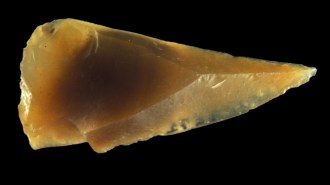 Archaeology
ArchaeologyHomo sapiens may have reached Europe 10,000 years earlier than previously thought
Archaeological finds in an ancient French rock-shelter suggest migrations to the continent started long before Neandertals died out.
By Bruce Bower -
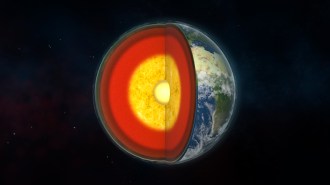 Earth
EarthWeird ‘superionic’ matter could make up Earth’s inner core
Computer simulations suggest that matter that behaves like a mash-up of solid and liquid could explain oddities of Earth’s center.
-
 Genetics
GeneticsHow the Human Genome Project revolutionized understanding of our DNA
Completion of the Human Genome Project was a huge milestone, but there’s more work to do to ensure equitable access to the information in our DNA.
-
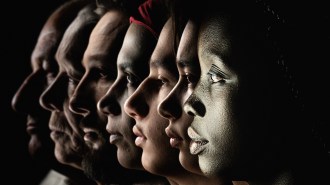 Genetics
GeneticsHow one scientist aims to boost Black people’s representation in genetic datasets
Through information sharing, geneticist Tshaka Cunningham wants to build trust and encourage more Black people to engage with the medical community.
-
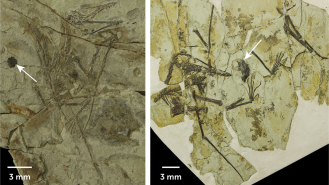 Paleontology
PaleontologyFossils reveal that pterosaurs puked pellets
Fish scale–filled pellets found by two pterosaurs are the first fossil evidence the flying reptiles regurgitated undigestible food, like some modern birds.
-
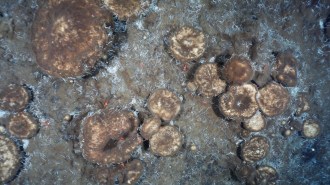 Animals
AnimalsDeep-sea Arctic sponges feed on fossilized organisms to survive
Slow-moving sponges, living deep in the Arctic Ocean where no currents deliver food, scavenge a carpet of long-dead critters.
-
 Science & Society
Science & SocietyMilitary towns are the most racially integrated places in the U.S. Here’s why
The military’s big stick approach allowed the institution to integrate troops and military towns. Can the civilian world follow suit?
By Sujata Gupta -
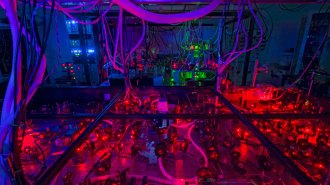 Quantum Physics
Quantum PhysicsThe quantum ‘boomerang’ effect has been seen for the first time
Jostled particles return to their starting points in certain materials, an experiment reveals, confirming theoretical predictions.
-
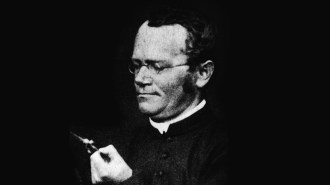 Science & Society
Science & SocietyHow we got from Gregor Mendel’s pea plants to modern genetics
Philosopher Yafeng Shan explains how today's understanding of inheritance emerged from a muddle of ideas at the turn of the 20th century.
-
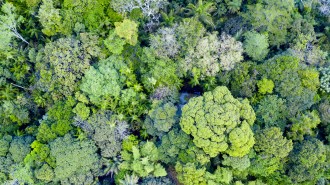 Plants
PlantsEarth may have 9,200 more tree species than previously thought
Estimating how many tree species are on Earth is an important step for forest conservation and protecting biodiversity.
By Jude Coleman -
 Health & Medicine
Health & MedicineWhy being pregnant and unvaccinated against COVID-19 is a risky combo
Being pregnant puts an individual at higher risk for severe illness and death from COVID-19, but vaccination has lagged among pregnant people.
-
